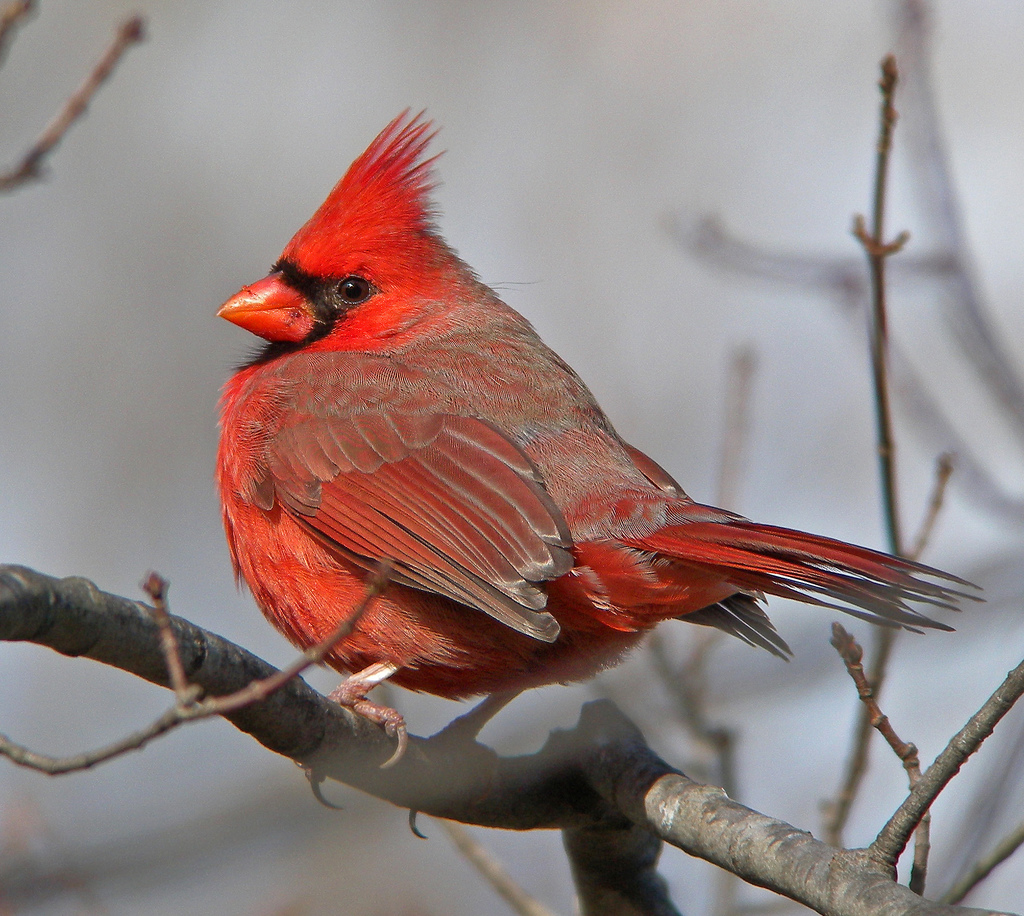New registered users receive a $10 coupon
How to Set Up Your Solar-Powered Bird Feeder with Camera

A solar-powered bird feeder with camera is a fantastic addition to any backyard, combining the joy of birdwatching with the convenience of modern technology. Whether you’re a seasoned bird enthusiast or just starting out, devices like the Birdster Solar-Powered Bird Feeder make it easy to attract, observe, and record birds in stunning detail. In this guide, we’ll walk you through the step-by-step process of setting up your feeder, discuss the benefits of solar-powered devices, and share tips for optimal placement to capture the best bird footage.
Step-by-Step Installation Guide
- Unbox and Inspect Your Feeder
When you receive your solar-powered bird feeder with camera, carefully unbox it and ensure all components are included. Most kits come with the feeder, a solar panel, mounting hardware, and an instruction manual. The Birdster Solar-Powered Bird Feeder is designed for easy assembly, so you’ll be ready to start birdwatching in no time. - Charge the Battery
Before installation, fully charge the battery using the included solar panel or a USB cable. This ensures your smart bird feeder with camera has enough power to operate smoothly. Solar-powered feeders like the Birdster Smart Bird Feeder are designed to maintain charge efficiently, even on cloudy days. - Choose the Perfect Location
Placement is key to attracting birds and capturing great footage. Look for a spot that:
- Receives ample sunlight for the solar panel (at least 4-6 hours of direct sunlight daily).
- Is close to trees or shrubs where birds feel safe.
- Offers a clear view for the camera to record bird activity.
- Mount the Solar Panel
Attach the solar panel to the feeder or mount it separately in a sunny location. Ensure the panel is angled toward the sun for maximum energy absorption. The Birdster Solar-Powered Bird Feeder is designed to work efficiently even in partial shade, making it a versatile choice. - Secure the Feeder
Use the included mounting hardware to secure your solar-powered bird feeder with camera to a pole, tree, or wall. Make sure it’s stable and at a height that’s accessible for refilling but out of reach of predators like cats or squirrels. - Connect to the App
Download the companion app for your feeder (e.g., Birdster) and follow the instructions to connect it to your Wi-Fi network. This allows you to access live footage, receive notifications, and use features like AI bird identification. - Fill the Feeder
Add birdseed or nectar to your feeder, depending on the type of birds you want to attract. For example, sunflower seeds are great for cardinals, while hummingbirds prefer sugar water.
Benefits of Solar-Powered Bird Feeders
- Eco-Friendly Operation
Solar-powered devices, like the Birdster Solar-Powered Bird Feeder, harness renewable energy, reducing your carbon footprint. They’re perfect for environmentally conscious birdwatchers. - Cost-Effective
By using solar energy, you eliminate the need for frequent battery replacements or electricity costs. This makes solar-powered feeders like the Birdster Smart Bird Feeder a budget-friendly choice in the long run. - Reliable Performance
Solar panels ensure your feeder stays powered even during extended use. Many models, like the Birdster Solar-Powered Bird Feeder, come with backup batteries for cloudy days. - Low Maintenance
Once installed, solar-powered feeders require minimal upkeep. Simply clean the feeder and solar panel periodically to ensure optimal performance.
Tips for Optimal Placement
- Maximize Sunlight Exposure
Place the solar panel in a location that receives at least 4-6 hours of direct sunlight daily. Avoid shaded areas to ensure consistent charging. - Position for Bird Safety
Birds prefer feeders placed near natural cover, such as trees or shrubs, where they can quickly retreat if threatened. However, ensure the feeder is far enough from branches to prevent squirrels from accessing it. - Capture the Best Footage
Angle the camera to face the feeder entrance, ensuring a clear view of visiting birds. Devices like the Birdster Smart Bird Feeder offer adjustable camera angles for optimal recording. - Avoid Reflective Surfaces
Place the feeder away from windows or shiny surfaces that could confuse birds or cause glare in your footage. - Consider Weather Conditions
While solar-powered feeders are weatherproof, it’s best to place them in a sheltered area to protect them from heavy rain or strong winds.
Why Choose a Solar-Powered Bird Feeder with Camera?
A solar-powered bird feeder with camera combines the joy of birdwatching with the convenience of modern technology. Devices like the Birdster Solar-Powered Bird Feeder allow you to:
- Watch live footage of birds from anywhere using your smartphone.
- Use AI bird identification to learn about the species visiting your feeder.
- Capture stunning photos and videos of rare bird moments.
- Contribute to bird conservation by supporting local wildlife.
Conclusion
Setting up a solar-powered bird feeder with camera is a rewarding project that brings you closer to nature. With easy installation, eco-friendly operation, and advanced features like AI bird identification, devices like the Birdster Solar-Powered Bird Feeder are perfect for bird enthusiasts of all levels. Follow this guide, choose the right location, and get ready to enjoy endless hours of birdwatching fun! Whether you’re capturing the vibrant colors of a cardinal or the rapid wingbeats of a hummingbird, your Birdster Smart Bird Feeder will transform your backyard into a birdwatching paradise.
